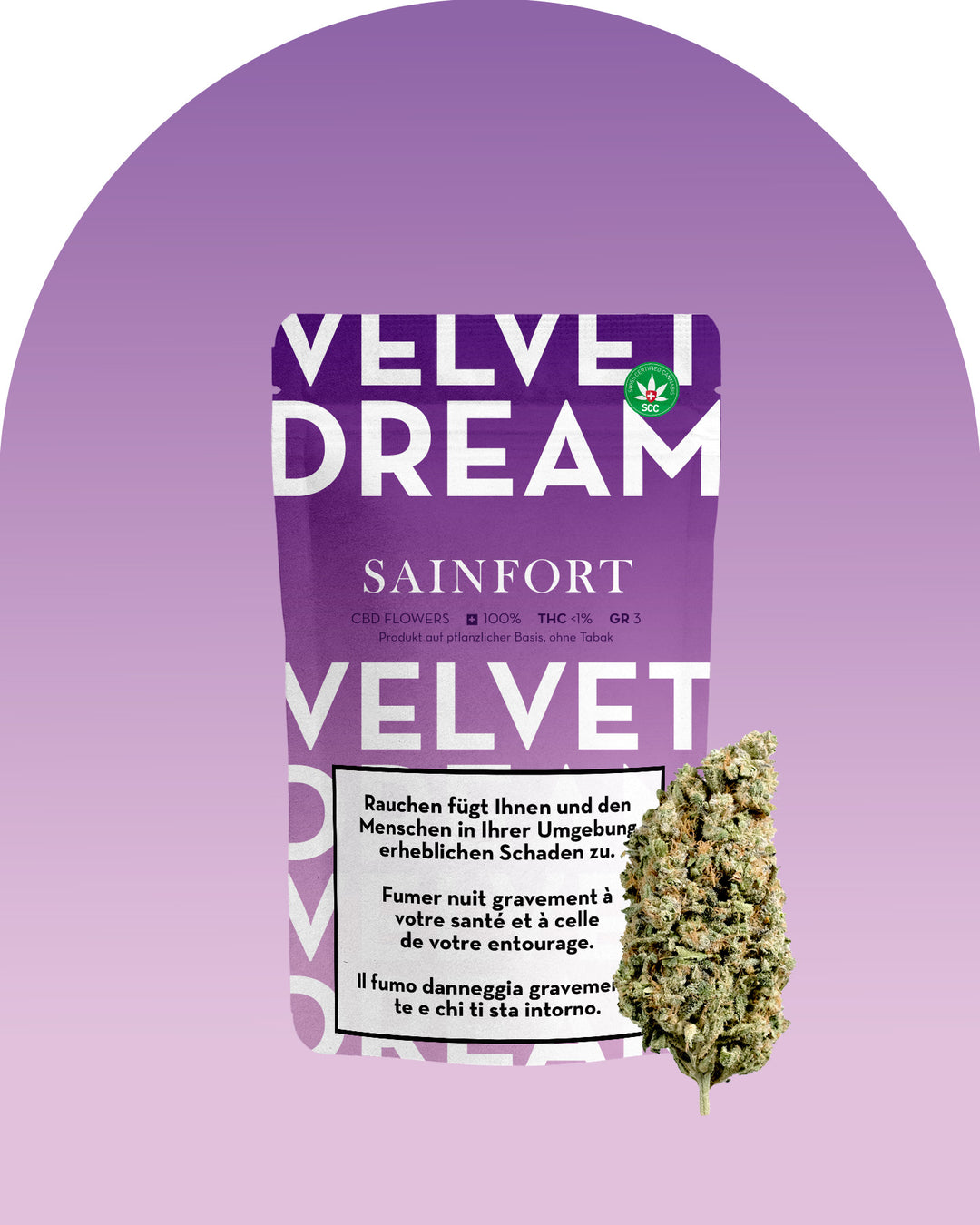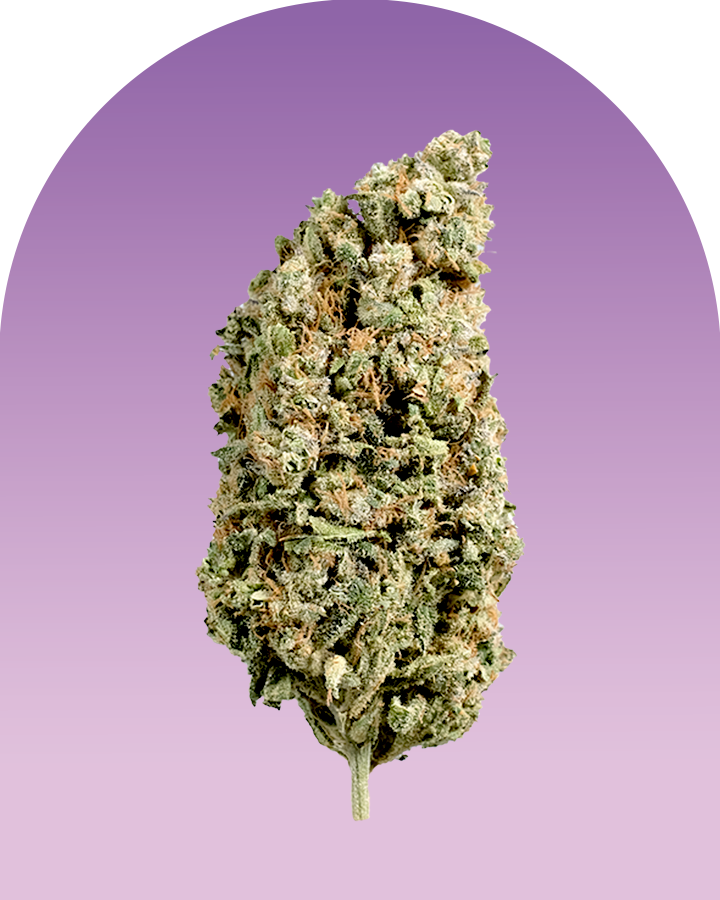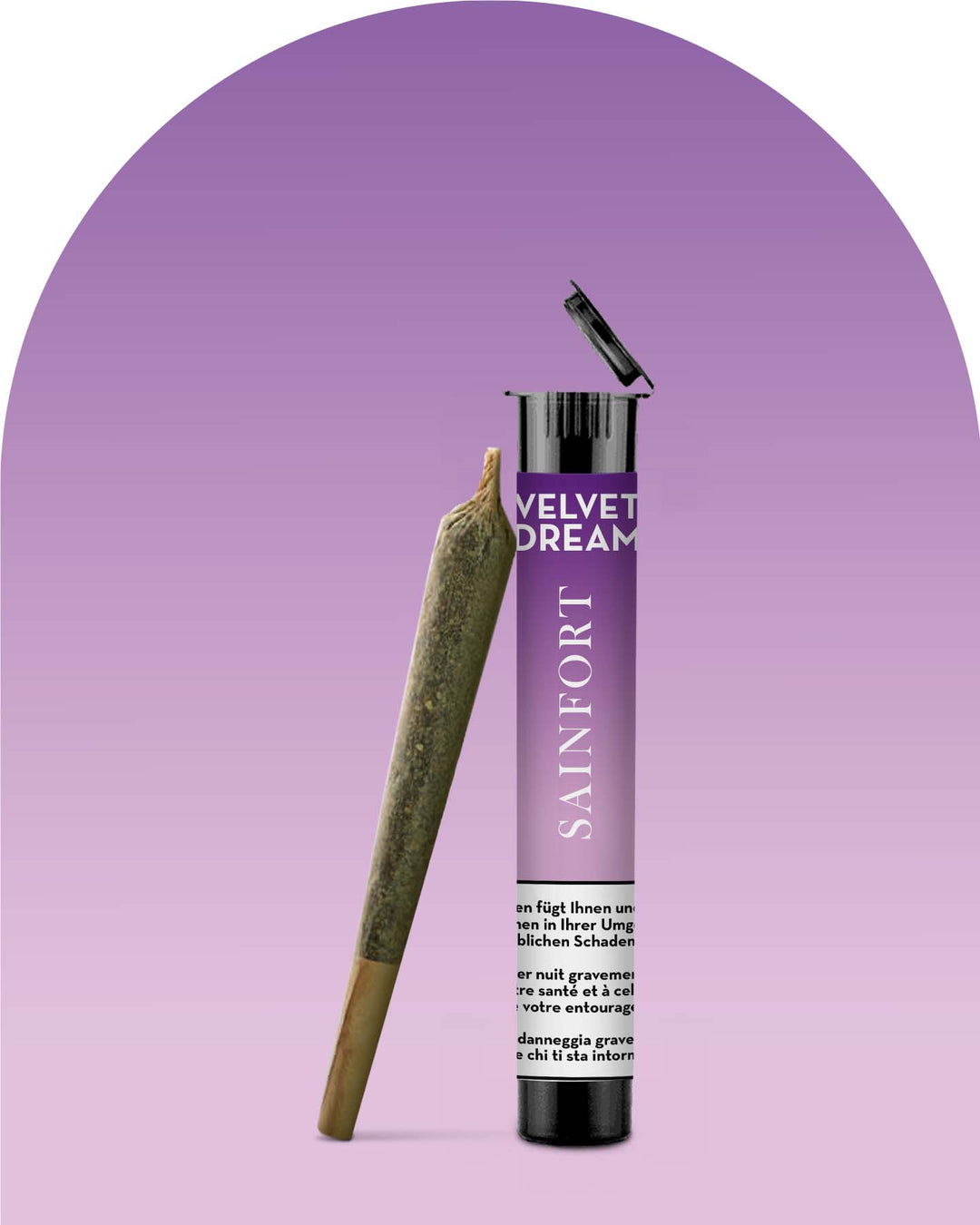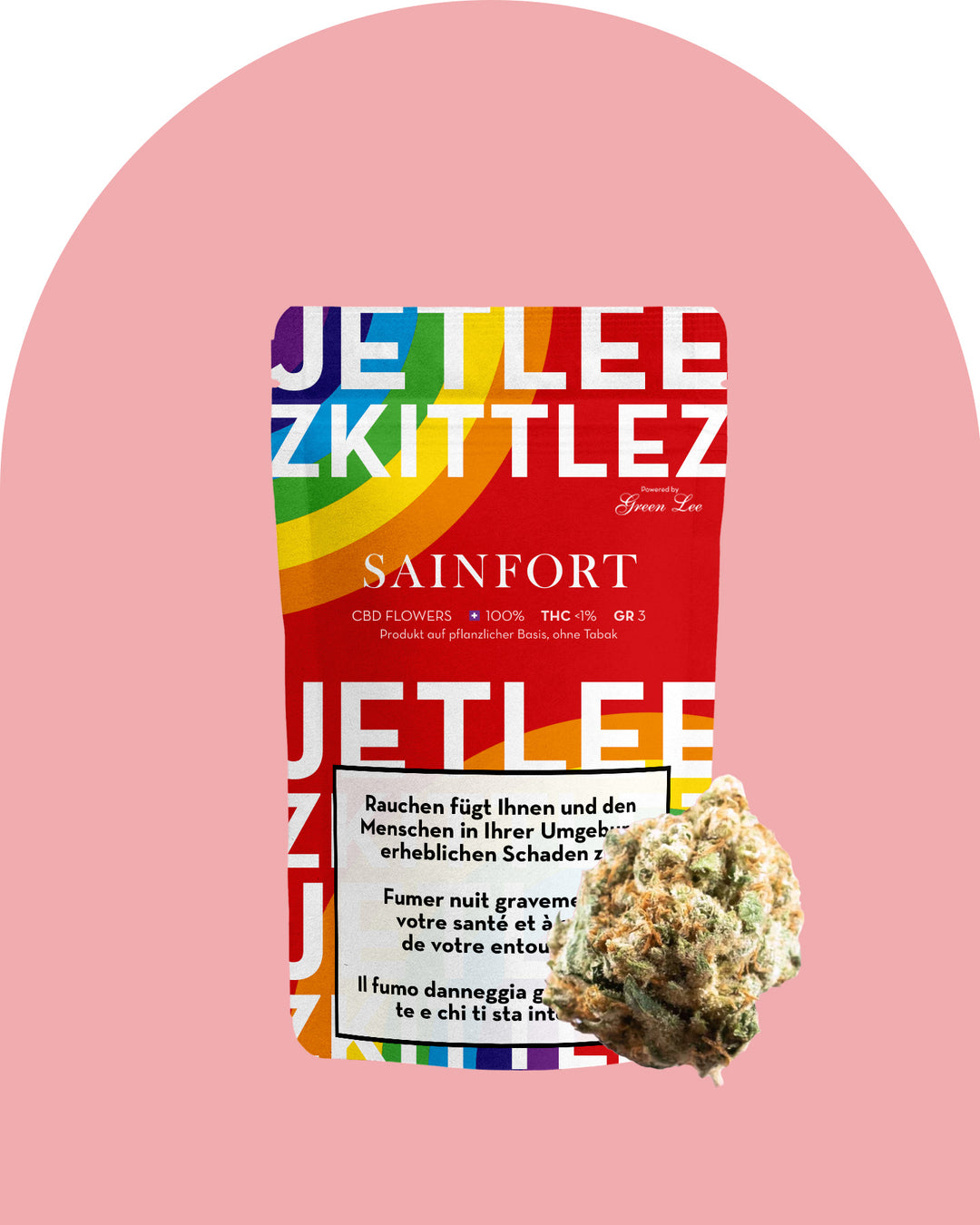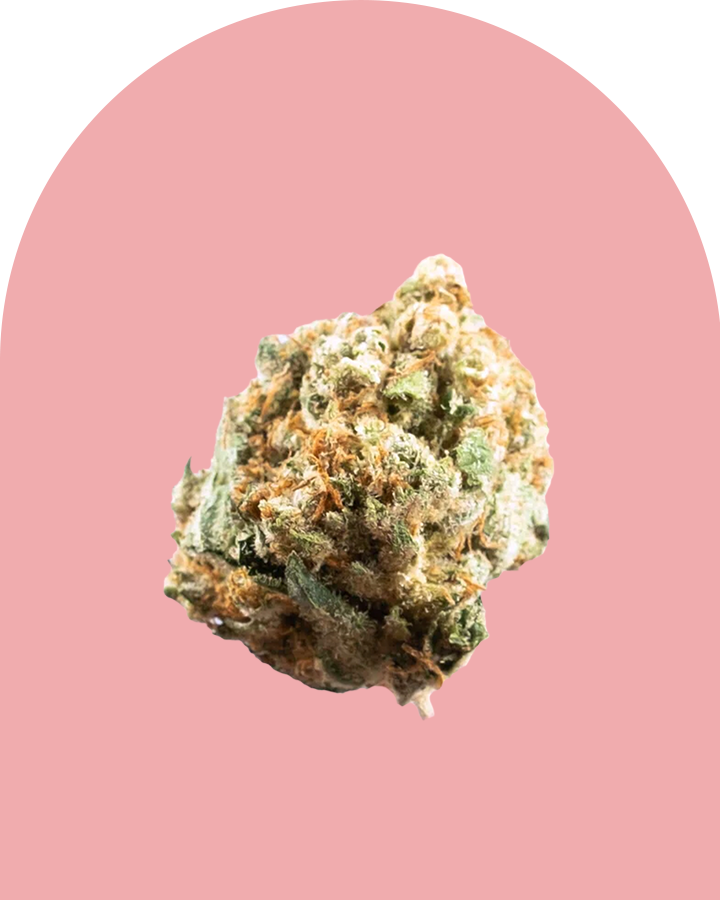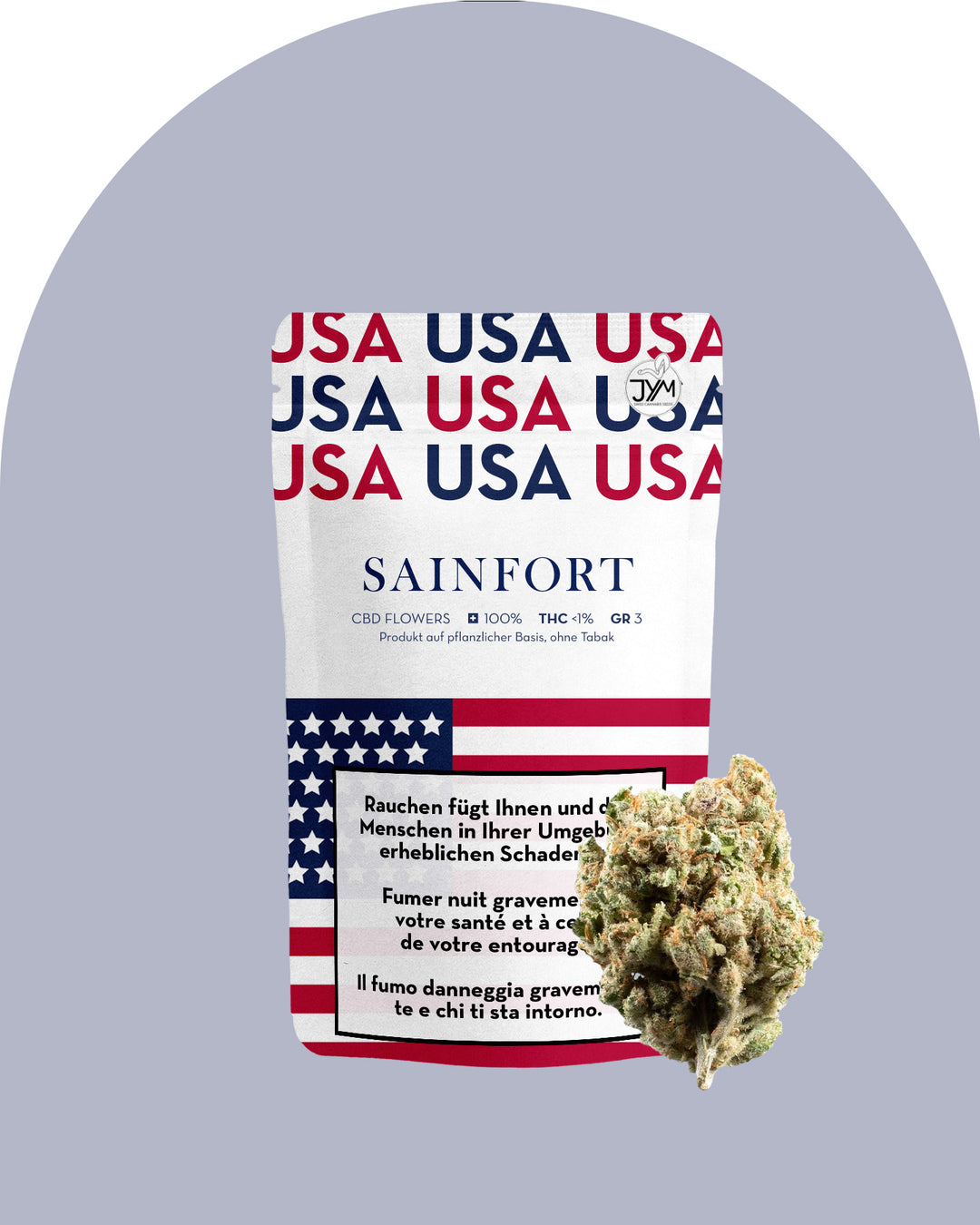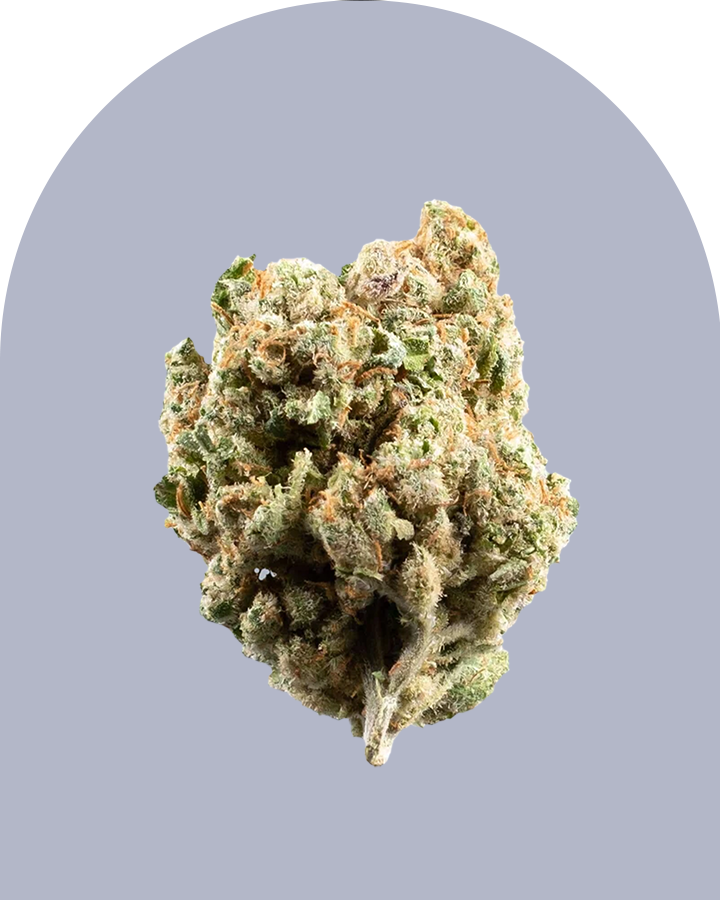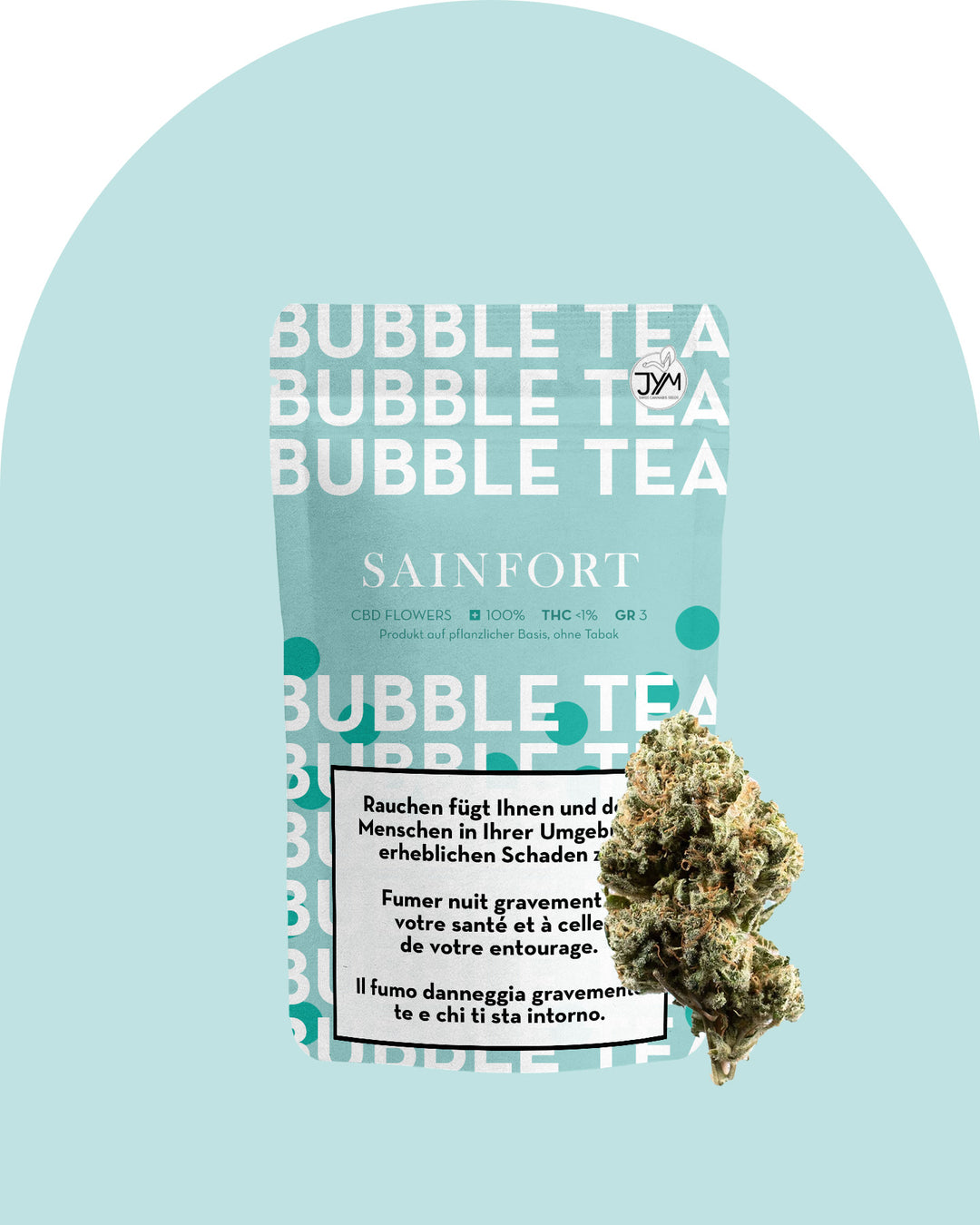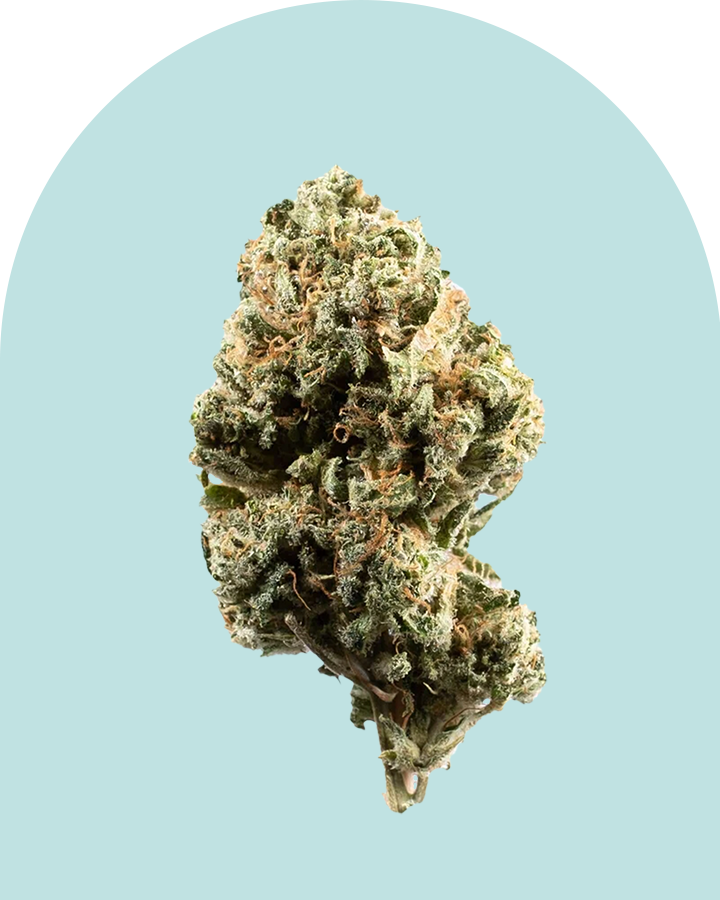How CBD oil is made in Switzerland: explained step-by-step

CBD's popularity has exploded in the last 2 years. With more and more Swiss trying out cannabinoid-based products, many are now wondering how CBD oil is even made.
Before we delve into the production of CBD, let's first clear up the confusion between marijuana and CBD. Both marijuana and CBD are forms of cannabis, but for a plant to be classified as CBD, it must contain less than 1% THC. In contrast, "marijuana" plants contain more than 1% THC and are grown in countries where cultivation is not legal.
Since CBD contains less than 1% THC, it is not psychoactive. Aside from CBD, hemp has generally been used as a material for rope, fiber, and textiles for centuries. Sainfort CBD Oil is made from a CBD extract that has been combined with a carrier oil. Here you can learn step by step how CBD is made.
Step 1: planting the cannabis plant
Before the cannabis seeds (also known as hemp seeds) are sown into the soil, the soil is prepared and tested for herbicides. Cannabis is an excellent plant because the individual plants can be planted very close together. They can grow up to four centimeters close to each other. This enables a higher yield with less land use. Hemp is an excellent resource for regenerative agriculture because it produces large amounts of biomass. This biomass returns to the soil and decomposes, returning nutrients to the soil.
The cannabis in Switzerland at Sainfort is produced all year round. Once planted, the hemp grows very quickly, taking around 60 days to fully develop.
Step 2: Harvesting the cannabis plant
It all starts with the flowers of the hemp plant. The cannabinoids are most commonly concentrated in the resin glands of the plant's trichome.
Normally, depending on the country's climatic conditions, the plants are usually harvested around October. Before it can be officially harvested, a sample of each harvest is checked and approved in accordance with Swiss legal regulations. This is to ensure that the entire facility is compliant and the cannabis has a THC content of less than 1%. In addition, Sainfort also works very conscientiously here and makes sure that no pesticides or heavy metals come into contact with the plants. In this way, the desired quality for the customer can really be achieved.
After harvesting, the plants are hung to dry in a well-ventilated room or air dried. This drying process takes 3-4 weeks. After drying, the buds, which contain the highest concentration of cannabinoids, are removed from the plants. It is then sent to production, which then extracts the cannabinoids.
Step 3: Extraction of the CBD from the dried hemp flowers
Extraction is the process by which the CBD extract is removed from the hemp plant in order to convert it into a usable form for ingestion or for use in medicinal purposes. Each extraction method produces a slightly different end result. Depending on the extraction method, the raw extract has a thick, oily texture with a very dark, almost black hue.
There are different extraction methods, and each has its own pros and cons. Here is a brief overview of the most important extraction methods:
ethanol extraction
In this method, the plant is "soaked" in strong alcohol to extract the CBD oil. Ethanol extraction is one of the most popular methods of high-quality and natural extraction today, and is gaining traction as one of the most effective on the market.
CO2 extraction
CO2 extraction uses carbon dioxide to isolate cannabinoids at extremely low temperatures. Supercooled and condensed carbon dioxide cools and then extracts the CBD oil without leaving any chemicals or residue. This process requires robust equipment but results in a safe and effective end product.
oil extraction
Another method is oil extraction, which is very popular with DIY and do-it-yourself users. In this method, the hemp plant is heated and immersed in a carrier oil such as B. Olive oil is cooked, which extracts the desired cannabinoids.
Sainfort uses the extraction method of ethanol extraction for the production of the CBD from Switzerland. With this method, all waxes, lipids and chlorophyll are removed from the oil to create a true full-spectrum oil. This contains high levels of both cannabinoids and terpenes.
Step 4: Making CBD Oil
Once the CBD is extracted from the plant in its purest form, it is combined with other ingredients such as flavorings and carrier oil. Oils like hemp seed or coconut oil (MCT oil) are great carriers for full-spectrum CBD. This is due to their natural richness in saturated fats. Natural saturated fats are easily and directly absorbed by the body via the liver. This allows the body to absorb as much CBD as possible into the bloodstream. In special productions or manufacturing processes, other carrier oils are also used to reduce the "hempy" or "earthy" taste of the CBD oils.
Step 5: Laboratory Testing and Packaging
Sainfort independently audits its CBD batches. A sample of each batch is sent to a lab where it is tested for purity and potency. Third-party verification is the differentiator between good quality CBD products. Certain productions in Africa, for example, do not have to comply with this test. This extra process in manufacturing makes all the difference when it comes to making a quality product.
When CBD is formulated into oil, it is most commonly used in the form of a tincture. The whole process of making a quality CBD oil involves several steps. A direct and clear supply chain contributes to the creation of high-quality end products. Brands that are transparent about their production methods and consistently have their products tested by third parties are often the brands that offer the best oils on the market. The CBD industry has a shorter history, but in the last 1-2 years technological advances have paved the way for a very good end product. Better production methods and continued innovation mean that CBD oils can reach more and more people and pave the way to health for many.
Click here for our Sainfort CBD oils:




